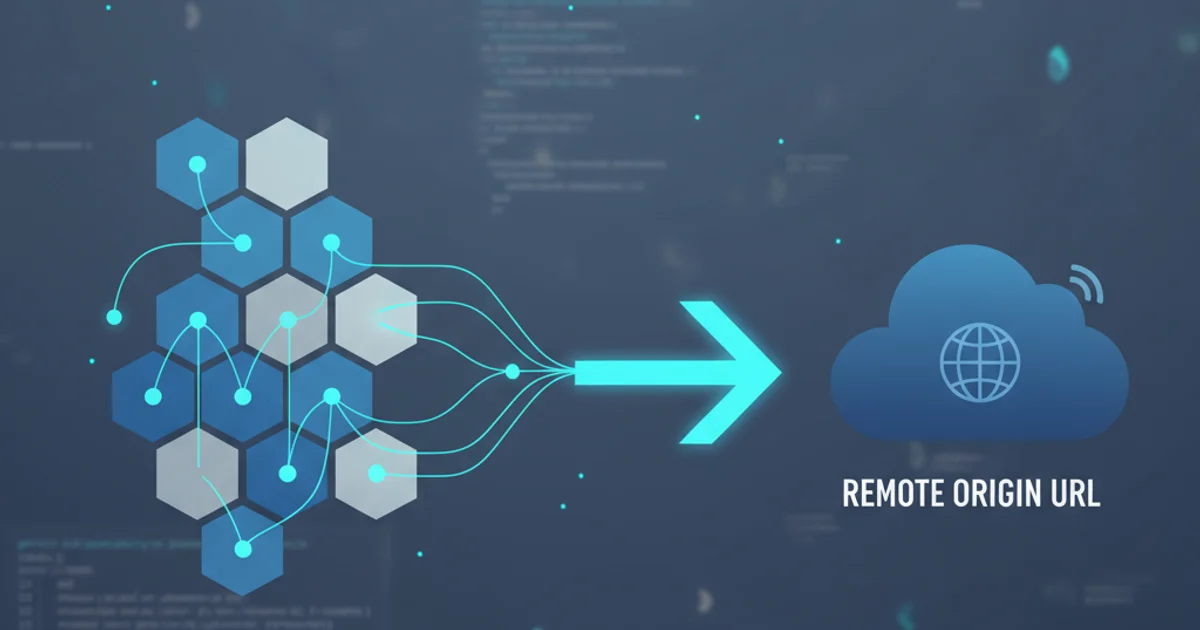How to determine the URL that a local Git repository was originally cloned from
Categories:
How to Determine the Original URL of a Local Git Repository

Learn how to quickly identify the remote URL from which your local Git repository was cloned, a crucial step for collaboration and repository management.
When working with Git, understanding where your local repository originated is fundamental. Whether you need to push changes, fetch updates, or simply verify the source, knowing the remote URL (often referred to as origin) is essential. This article will guide you through various methods to retrieve this information using standard Git commands, ensuring you can always pinpoint your repository's upstream source.
Understanding Git Remotes
In Git, a "remote" is essentially a bookmark for another repository. When you clone a repository, Git automatically creates a remote named origin that points to the URL from which you cloned. This origin remote is then used by default for commands like git push and git pull. While origin is the conventional name, you can have multiple remotes with different names, each pointing to a distinct URL.
flowchart TD
A[Local Repository] -->|Cloned From| B(Remote Repository URL)
B -->|Configured As| C["Remote 'origin'"]
C -->|Used By| D[git push]
C -->|Used By| E[git pull]
C -->|Used By| F[git fetch]Relationship between Local Repository, Remote URL, and Git Commands
Method 1: Using git remote -v
The most straightforward and commonly used command to see the remote URLs associated with your repository is git remote -v. This command lists the short names of your remotes along with their corresponding URLs. The -v flag stands for "verbose," providing both fetch and push URLs.
git remote -v
Executing git remote -v to view remote URLs.
The output will typically look something like this:
origin https://github.com/user/repo.git (fetch)
origin https://github.com/user/repo.git (push)
Example output of git remote -v.
This output clearly shows that the origin remote is configured for both fetching and pushing to https://github.com/user/repo.git.
Method 2: Inspecting the Git Configuration File
Git stores all its configuration, including remote URLs, in a hidden .git directory within your repository. Specifically, the config file inside .git contains this information. You can view its contents directly using a text editor or a command-line tool like cat.
cat .git/config
Viewing the Git configuration file.
Within the config file, you'll find sections for each remote, similar to this:
[core]
repositoryformatversion = 0
filemode = true
bare = false
logallrefupdates = true
[remote "origin"]
url = https://github.com/user/repo.git
fetch = +refs/heads/*:refs/remotes/origin/*
[branch "main"]
remote = origin
merge = refs/heads/main
Excerpt from a .git/config file showing the remote 'origin' URL.
.git/config works, git remote -v is generally preferred as it's a higher-level Git command designed for this purpose and less prone to errors or misinterpretation of the raw config file.Method 3: Using git config for Specific Remote URLs
If you only want to retrieve the URL for a specific remote (e.g., origin) without the verbose output, you can use git config directly. This command allows you to query specific configuration values.
git config --get remote.origin.url
Retrieving the URL for the 'origin' remote.
This command will output just the URL, for example:
https://github.com/user/repo.git
Output of git config --get remote.origin.url.